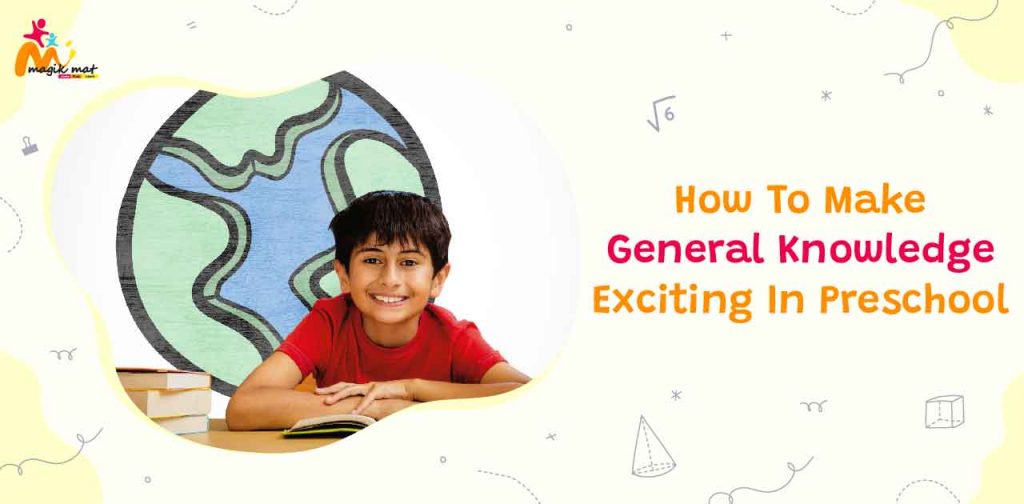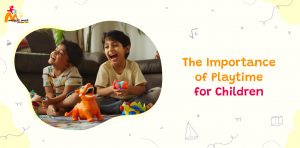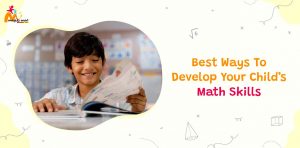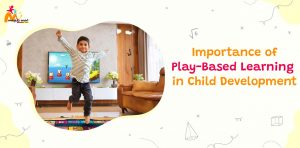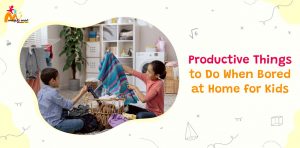Introduction
Early childhood education is crucial for a child’s cognitive development. Children are naturally eager to learn, and their learning capacity peaks during these early years. General knowledge, which includes facts about the world and our environment, plays a vital role in a child’s cognition and awareness. Lessons on animals and plants, basic geographical information, and fundamental scientific concepts help build a solid foundation of knowledge for children.
To enable general knowledge to be interesting, especially to learners who are in the preschool class, it is advisable to incorporate fun and educational techniques in learning. This ensures that children remain occupied while at the same time gaining knowledge, which they always associate with fun. Below are some tips on how to teach general knowledge to preschoolers effectively.
Five Ways to Teach General Knowledge at Preschool
- Storytelling and Books: Children always love listening to stories, which makes it easier to pass information to the young ones. They like to learn through stories, bringing several subjects to life. Select books that deal with different aspects of the real world, such as animals, space, weather, and different cultures.
- Interactive Storybooks: Books with flaps, textures, and sounds can add dimension to reading. These features capture children’s attention and effectively elaborate on the information being provided.
- Storytelling Sessions: Teachers or parents reading aloud everyday stories or bedtime stories is also very useful. Act out the stories with the help of props and puppets.
- Example Activity: Organize a story time session on animals. Bring in animal puppets and narrate a story while educating the class with facts about the animals. The children can also participate by imitating the sounds of the animals or by guessing the animal from the clues given.
Hands-on Activities and Crafts
To enhance the level of general knowledge in children, it is recommended to use hands-on activities and crafts. They enable children to learn through touch and sight, which makes knowledge more real to learners.
- Thematic Crafts: Select craft activities that relate to the topic being taught. For instance, if the lesson is about the solar system, the children can make their own models of the planets using clay or paper.
- Interactive Displays: Set up attractive bulletin boards that children can contribute their crafts to. For instance, a world map that children can use to place pictures or drawings of animals in their natural setting.
- Example Activity: Hold a ‘Weather Week’ where each day children make different crafts connected with the weather, such as using coloured paper to make a rainbow or cotton to make a snowflake.
Educational Games and Puzzles
Utilizing games and puzzles in education is one of the most effective ways to make it as interesting as possible. These activities promote critical thinking, problem-solving, teamwork skills, and general knowledge concepts.
- Board Games: Matching card games that involve pictures and words or concepts printed on the board can be very educational. For instance, games like “Memory,” “Bingo,” or any other games that contain general knowledge are ideal.
- Digital Games: Tablets or computers with age-appropriate educational apps or games can also be used for digital games. Search for those apps that are devoted to general knowledge and those that correspond to the level of preschool children’s learning capabilities.
- Example Activity: Develop a bingo game where the children are required to look for pictures of plants, animals, and natural phenomena and mark them.
Songs and Rhymes
When it comes to helping children, songs and rhymes are great aids. They help children learn faster because music supports memory and makes study sessions enjoyable.
- Educational Songs: You can find songs that can help the students learn things like the alphabet, numbers, days of the week, etc. There are lots of songs regarding different topics learned in school that can help in teaching and entertaining the children.
- Create Your Own Rhymes: Find ways to adjust techniques that help children develop their own poetry based on what they are taught. This serves as an aid in recalling the information and encourages creativity.
- Example Activity: Create a song that teaches about continents, where each verse is about a different continent with facts on animals, weather, and tourist attractions.
Technology and Interactive Tools
Using technologies and interactive tools can greatly benefit the learning capabilities of preschool children. Tablets, interactive whiteboards, educational products, and other objects effectively enhance their learning process, making it vivid.
- Interactive Whiteboards: Display video clips, incorporate game playing, and use tactile aspects such as interactive whiteboards to display lessons.
- Edtech Products: Educational technology products like Magik Mat can transform kids’ learning into multisensory play. Designed as an interactive mat with sensors that connect to a device, children receive education through gameplay. Kids will enjoy learning with Magik Mat while improving their motor skills and fitness. It is suitable for both home and school use, offering a creative way to achieve interactive learning on various topics for children.
Conclusion
Teaching general knowledge to preschoolers is not as challenging as many might think. Teachers can make learning interesting and enjoyable for both themselves and the children by using approaches such as storytelling, games, music, and Magik Mat. These approaches help maintain children’s interest and establish a solid foundation for future learning. In short, education is an adventure that inspires young minds and encourages them to thirst for more knowledge. Let this be the beginning of an exciting journey of the children towards discovery and acquisition of greater knowledge.

